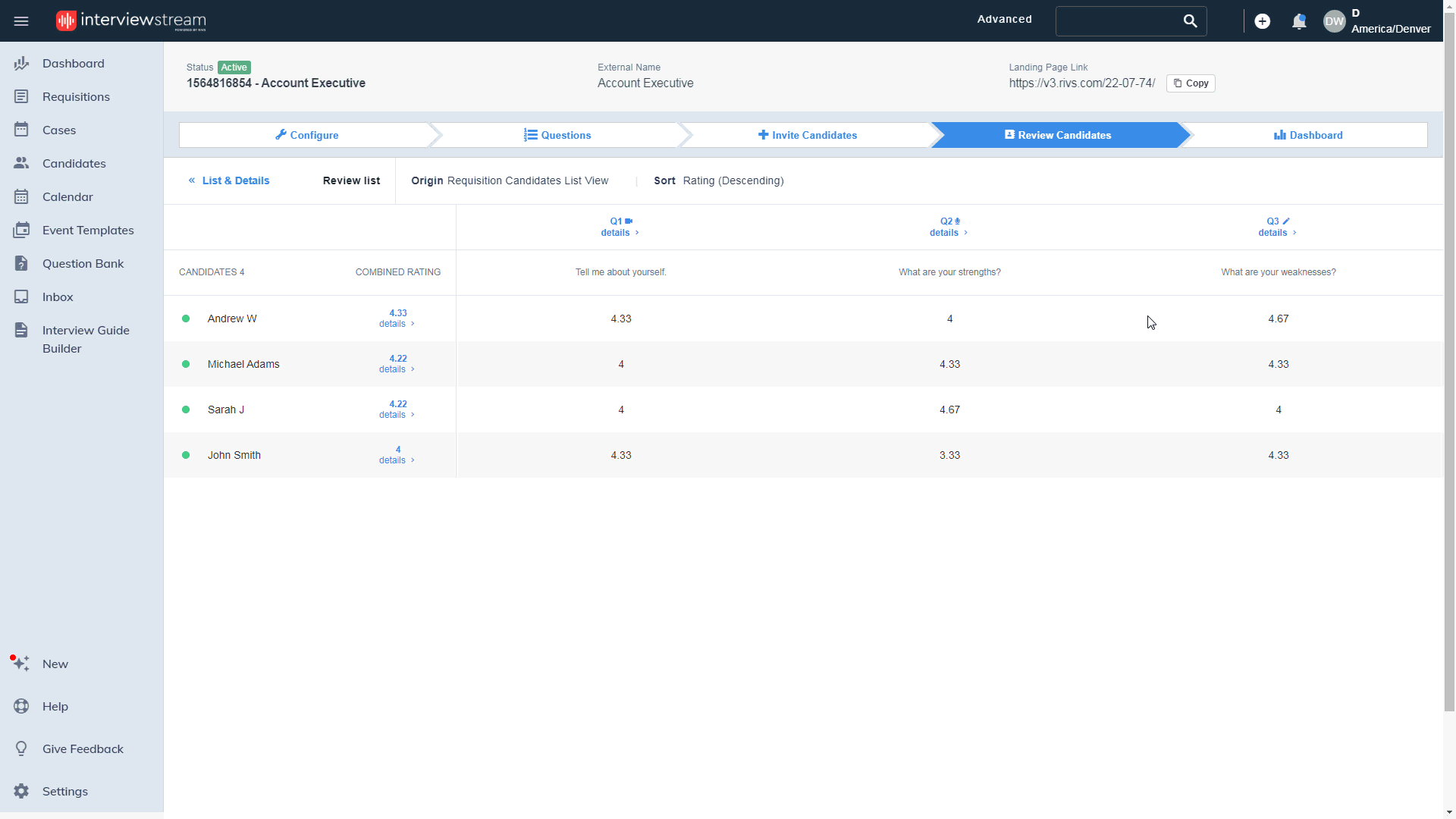Mastering Structured Interviews as an Employer: Why Are Structured Interviews So Important?
Building a successful organization begins with having the right talent onboard. The key to hiring the best talent lies in implementing a structured interview process that not only saves time and money but also ensures you select the best candidates for the job. In this blog post, we’ll dive into the significance of proper interview techniques and the benefits of adopting a structured approach to your interview process.
The Costs Associated with Making a Bad Hire
Understanding the visible and hidden costs associated with a bad hire is crucial for any organization. Visible costs are the known costs built into the hiring process. Costs like posting a job to a job board, interview expenses, onboarding and off-boarding costs all directly impact the bottom line. According to LinkedIn, the cost of a bad hire can cost up to 30% of the employee’s first-year salary. On top of that 41% of companies surveyed reported that a single bad hire cost them $25,000 or more.
On the other hand, we have hidden costs, which are often underestimated or overlooked altogether. These include the time spent by employees on interviews, lost productivity, missed opportunities, and the impact on other employees who may have to clean up mistakes or work with someone who disrupts the company culture.
A three-year study conducted by Leadership IQ revealed that 46% of employees failed within 18 months of starting a new job. This failure is often attributed to a faulty interview process that overemphasizes technical skills while overlooking crucial interpersonal qualities such as coachability, emotional intelligence, and temperament. The same study found that only 11% of hiring failures were due to technical skill, and that attitude drove the failure of the other 89%.
So how do you identify the candidates most likely to succeed? By employing and mastering a structured interview process.
Structured vs. Unstructured Interviews
There are two types of interviews: structured and unstructured. A structured interview involves asking all candidates the same questions, using a standardized rating scale, and ensuring interviewers are aligned on job requirements. This method reduces bias in the interview process and allows for a fair comparison of candidates.
On the other hand, unstructured interviews involve asking candidates different questions, they have no standardized rating scale or evaluation criteria, and having interviewers with varied expectations. This approach often leads to subjective evaluations and increases the risk of making a poor hiring decision.
Structured Interviewing Tools
Having a dedicated interviewing platform helps to organize the process of structuring your interviews, easing the administrative burden on your team and keeping everyone aligned:
- Standardized Questions: One way video interviews allow you to present candidates with a set of predetermined, standardized questions. This ensures that all candidates, regardless of when or where they are interviewed, are assessed based on the same criteria. Standardization eliminates the variability that can occur in face-to-face interviews, providing a fair and equal experience for every candidate.
- Customizable Evaluation Rubrics: With video interviews, hiring teams can implement customizable evaluation rubrics. These rubrics define specific criteria for assessing candidates and align with the qualifications of the job. Customization allows organizations to tailor evaluations to their unique needs and job requirements, ensuring that decisions are based on objective factors rather than subjective opinions.
- Sharing Interviews for Consistent Feedback: Video interviews offer the convenience of easily sharing interview recordings with stakeholders. This feature allows hiring teams to receive consistent feedback from various team members, ensuring that evaluations align with the established criteria. Stakeholders can review interviews at their convenience, promoting collaboration and a shared understanding of the candidate’s qualifications.

The Bottom Line
Having the right talent should be a top priority for success. A structured interview process not only minimizes the risks associated with bad hires but also ensures the fair and objective evaluation of all candidates. By understanding the visible and hidden costs of a bad hire and adopting a structured interviewing approach, organizations can enhance their chances of making successful hires and building a thriving workforce.
If you’re interested in learning more about how interviewstream can help your team facilitate a structured interview process, improve your candidate experience, and provide a better evaluation process, reach out to our team here.
About The Author
Drew Whitehurst is the Director of Marketing, RevOps, and Product Strategy at interviewstream. He's been with the company since 2014 working in client services and marketing. He is an analytical thinker, coffee enthusiast, and hobbyist at heart.
